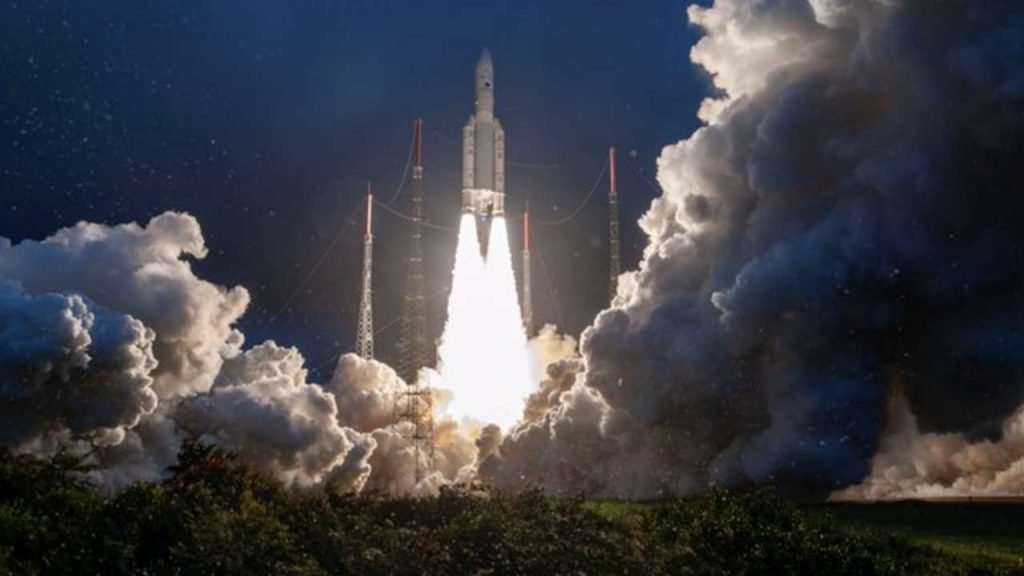India’s Polar Satellite Launch Vehicle-C50 (PSLV-C50) rocket laden with the country’s communication satellite CMS-01 (formerly GSAT-12R) lifted off from the rocket port at Sriharikota in Andhra Pradesh on Thursday evening.

The rocket with India’s 42nd communication satellite CMS-01 lifted-off from the second launch pad at the Satish Dhawan Space Centre (SDSC) in Sriharikota at 3.41 p.m.
CMS-01 satellite with a life span of seven years is envisaged for providing services in Extended-C Band of the frequency spectrum, which can include the Indian mainland, Andaman and Nicobar and Lakshadweep Islands.
The CMS-01 will be a replacement for GSAT-12 that weighed 1,410 kg and was launched on July 11, 2011 with a mission lifetime of eight years.
This is the primary communication satellite that ISRO has sent up under its new naming scheme. ISRO has recently decided to go generic in naming its satellites. It had earlier named its earth observation satellites as EOS and therefore the communication satellites are being named as CMS.
“Nowadays satellites have multiple payloads for various users and hence a thematic satellite could also be a misnomer and ISRO might have decided to travel for a generic name,” M. Annadurai, who retired as Director, U.R. Rao Satellite Centre (URSC), formerly ISRO Satellite Centre, had told IANS.
About 20 minutes into its flight, PSLV-C50 will eject the CMS-01 into geosynchronous transfer orbit (GTO) and from there, the satellite will be taken up and positioned at geosynchronous orbit.
The space mission is second from this rocket port and third for the country this year. On November 7, ISRO launched radar imaging satellite EOS-01 (Earth Observation Satellite-01, formerly RISAT-2BR2) with a PSLV rocket.
Earlier on January 17, 2020, ISRO launched 3,357 kg communication satellite GSAT-30 by the ecu space agency Arianespace rocket Ariane 5.
The 44-metre-high four staged/engine PSLV-C50 is the 22nd flight of PSLV in ‘XL’ configuration (with six strap-on motors hugging the primary stage). The rocket weighs 320 tonne.
The PSLV in normal configuration may be a four stage/engine expendable rocket powered by solid and liquid fuels alternatively with six booster motors strapped on to the primary stage to give higher thrust during the initial flight moments.
The Indian space agency has PSLV variants with two and 4 strap-on motors, larger PSLV-XL and therefore the Core Alone variant without any strap-on motors. the selection of the rocket to be used for a mission depends on the load of the satellite and the orbit where the satellite is to be orbited.

